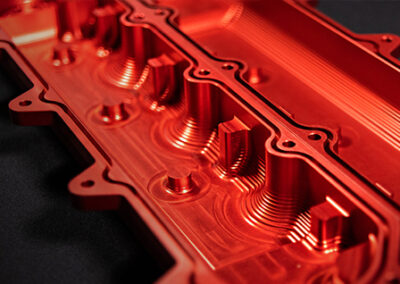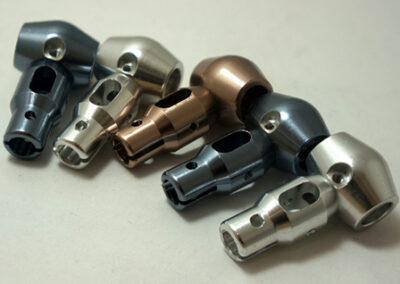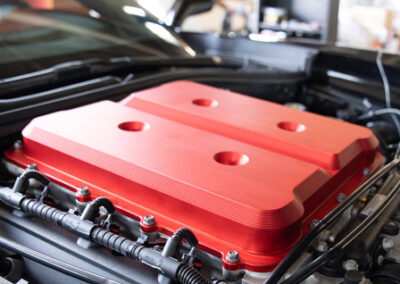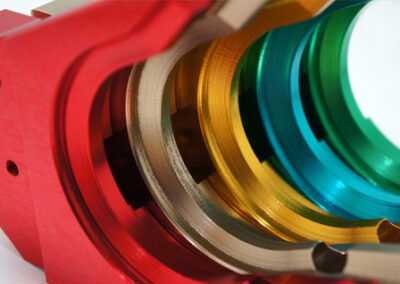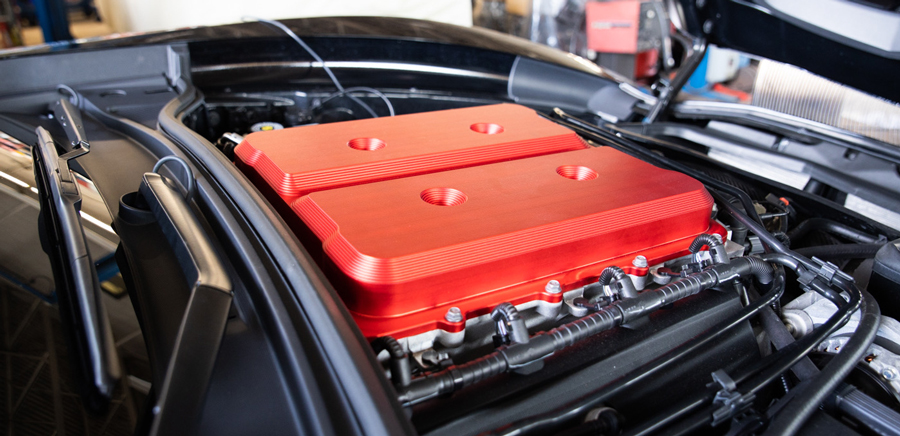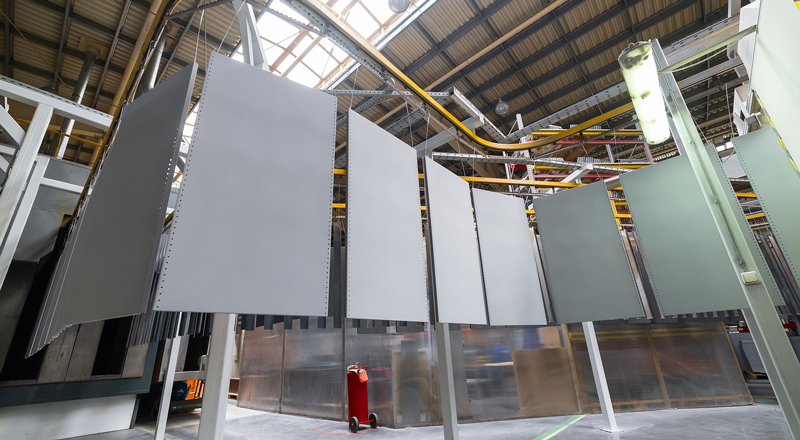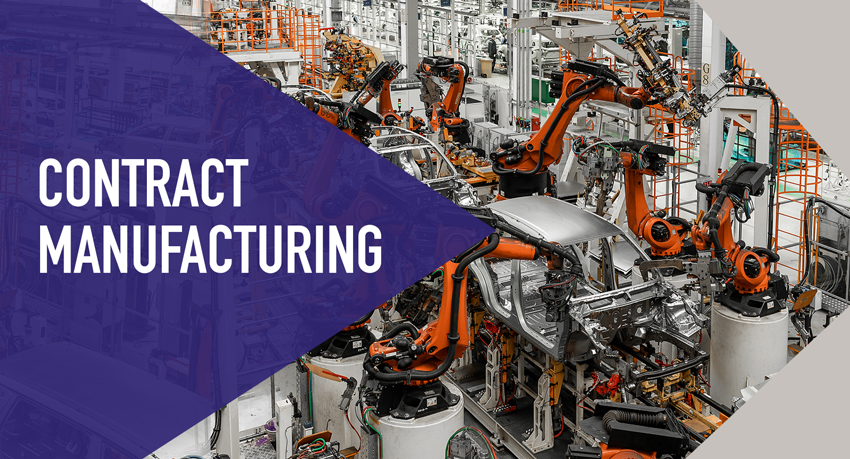Introduction to Anodizing Aluminum
Anodizing aluminum is a transformative electrochemical process that augments the natural oxide layer on aluminum parts, enhancing their durability, corrosion resistance, and aesthetic appeal. This process is crucial in industries ranging from aerospace to automotive, where the longevity and appearance of aluminum components are paramount.
Understanding the Anodizing Process
Corrosion and Passivation
Corrosion, a natural phenomenon where metals deteriorate due to environmental exposure, is combated through anodizing. This process involves passivation, where an outer barrier of aluminum oxide is created, rendering the material more resistant to environmental factors like air and moisture, thereby extending its lifespan and maintaining its appearance.
Anodizing Equipment and Techniques
Achieving successful anodization requires specific equipment, including anodizing tanks, rectifiers, and chillers. The anodizing process involves multiple stages such as cleaning, etching, anodizing, dyeing, and sealing, each playing a vital role in the quality of the finished product.
Chemical Bath Composition
Sulfuric acid is a common component in anodizing solutions, where the ratio of acid in the anodizing bath is critical to ensure optimal results. Adjusting the formula based on the type of sulfuric acid used is essential for achieving the desired characteristics of the anodized layer.
Types of Anodizing Processes
Chromic Acid Type I Anodizing
This method, though less popular due to safety concerns, offers corrosion protection and wear resistance, particularly suitable for aerospace and precision machine components.
Sulfuric Acid Type II Anodizing
Widely used for its cost-effectiveness and color versatility, Type II anodizing provides a moderately thick coating, enhancing the durability and aesthetic qualities of aluminum parts.
Sulfuric Acid Type III Hard Anodizing
Ideal for components exposed to extreme wear or corrosive environments, this process yields a thicker, denser aluminum oxide coating, enhancing electrical insulation and overall durability.
Specialized Anodizing Techniques
Phosphoric acid anodizing, titanium anodizing, architectural anodizing, and bright dip anodizing are specialized techniques applied based on specific industry requirements, each offering unique benefits in terms of performance and aesthetics.
The Role of Etching and Sealing in Anodizing
Etching is a pretreatment process that prepares the aluminum surface for anodizing, removing imperfections and ensuring a uniform coat. Sealing, a crucial final step, maximizes corrosion resistance and enhances the overall quality of the anodized layer.
Advantages of Anodizing
Anodizing aluminum parts not only extends their life and improves their appearance but also enhances their resistance to wear, corrosion, and environmental factors. It improves adhesion for paint and other coatings and offers electrical and thermal insulation, making anodized aluminum a versatile choice for various applications.
Anodizing Pros
• Both the top and bottom are complete
• More intriguing/unique.
• Reveals more machining marks.
• The finish has a lot of personality.
Anodizing Cons
• More difficult/intricate procedure.
• Finding a dependable, rapid-response partner can be difficult.
• More expensive
• Possibility of yellowing with time
Conclusion: Elevating Aluminum with Anodizing
Anodizing aluminum is more than just a surface treatment; it’s an investment in the longevity and functionality of aluminum components. With its ability to resist corrosion, enhance aesthetic appeal, and improve durability, anodizing is an indispensable process in modern manufacturing and design.

Resourceful and innovative Marketing Pro, with 20+ years of progressive experience in the marketing and creative technology industry. Responsible for digital and traditional marketing efforts that promotes brand awareness, increases engagement, and drives revenue.



